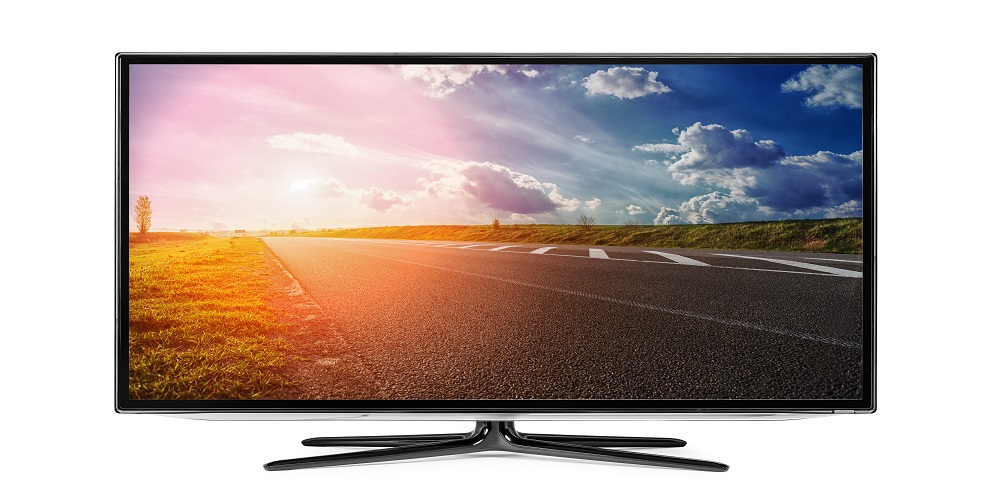A recent survey by Sky suggested that 69% of guests travelling on business say they’d pay more to stay in a hotel with a premium satellite TV service. Additional data indicates that hotels with better in-room TV services also generate higher room service revenues along with better guest satisfaction scores.
These truisms, along with more competition from services such as Airbnb, is prompting both large chain hotels and smaller independents to invest in enhanced in-room infotainment. However, this shift can require a significant capital investment along with potentially disruptive renovation works. For installers and system integrators responding to RFP’s, the ability to offer a simpler and lower-cost alternative to IPTV can mean the difference between winning or losing a deal. A recent innovation by the satellite industry could help them do just that in the form of SAT>IP
Challenge of meeting modern TV content consumption habits
The rise of over-the-top (OTT) internet streaming and subscription video on demand (SVoD) services has not only changed what content people watch but also how they watch it; people are increasingly viewing content on smart connected devices.
In the UK, SVoD penetration has surpassed 50 per cent, with 14.27 million UK homes holding a subscription to at least one of Netflix, Amazon Prime Video or another streaming service, according to BARB. Meanwhile, Fortune Business Insights recently reported that OTT market growth will be largely driven by the rising number of smartphone users.
Additionally, with the rise of 4K UHD TV’s people are also expecting to view content in the highest quality. 4K UHD TV’s are now a mainstream asset for most households in the US and Europe, meaning the demand for 4K sports matches, movies and top series is skyrocketing. So what does this mean for potential customers?
This demand for high-quality content across multiple screens and devices can put major pressure on a hotel’s broadband bandwidth. Furthermore, the ability of OTT services to deliver premium 4K content is still limited by the lack of fibre infrastructure and other high-speed broadband technologies in remote locations.
The global average broadband speed is only 9.1Mbps according to research by Cable. To be able to deliver modern TV experiences, hotel operators risk slowing down internet speeds, resulting in a negative experience for guests watching TV or browsing via the hotel WiFi.
Utilitarian benefits of delivering satellite TV over IP
Access to high definition, premium content has long been a major draw for satellite TV providers – but the format of delivery has remained unchanged for a long time.
SAT>IP, an innovative industry protocol, offers hoteliers a simpler way of increasing the reach of these services not only to the in-room TV but also to guests’ own personal devices such as laptops, tablets and smartphones. The technology works by taking a conventional satellite TV signal and converting it to an IP based data stream. This can then be transmitted across a standard wired or wireless IP network and viewed on multimedia and IP compatible devices.
To stream UHD content Netflix recommends an internet speed of 25Mbs. This makes satellite TV, with its downstream bandwidth over 100Mbps, a highly attractive option for delivering 4K premium content, regardless of local broadband availability. A simple upgrade to a hotel’s entertainment offerings means hotel operators can offer guests a totally seamless multi-screen TV experience, including 4K UHD content, even when a high-speed broadband connection isn’t possible – such as a remote holiday resort.
Furthermore, SAT>IP opens up exciting new revenue models by offering access to personalised subscription packages, including sports, movies, TV series or content for children.
Avoiding the need for disruptive refurbishments
By integrating live premium TV alongside Video on Demand (VoD) services, delivered over a single IP network to anywhere within a resort, SAT>IP can simplify room refurbishment projects. For older hotels where the cost of a major refurb is difficult to justify, SAT>IP requires a less complex and expensive IP architecture.
To go slightly deeper into the technology; IPTV usually relies only on IP multicast as a transport protocol. A pure IP multicast service such as IPTV can become a hurdle to implement as major networks on hotel complexes will often require multicast routing protocols.
Such protocols are sometimes not supported on certain routing equipment and will present buggy implementations or are simply not employed by network integrators. Unicast services, although less efficient, present fewer problems to integrate onto IP networks and particularly legacy ones.
Related: 12 Tips for Installing TVs Outdoors (and What to Avoid)
As SAT>IP supports both IP multicast and unicast, it is potentially the best of both worlds, offering the scalability for hotels supporting IP multicast, and backwards compatibility on legacy networks without multicast support It also works via existing IP networks, meaning hoteliers will not need to drill holes or lay extra cables throughout their premises to enable it. All hotels need an IP network anyway, so why not leverage it to deliver a highly reliable, high-quality TV-everywhere service?
Developed by a global consortium of world-leading operators
The SAT>IP Alliance brings together world-leading satellite operators, manufacturers, broadcasters and service providers to promote the use of SAT>IP technology as the best way for satellite providers to deliver live content to any TV screen, smartphone, games console or tablet.
The SAT>IP Alliance membership (Arcadyan, Eutelsat, HISPASAT, Irdeto, MaxLinear, NAGRA, Panasonic, SES, Verimatrix and Zinwell) has created a whole ecosystem of easy to deploy, flexible solutions from over 40 manufacturers.
SAT>IP can be delivered using satellites covering 95% of the globe, potentially reaching over a billion viewers. Combining satellite with an IP network enables integrators and installers to offer an innovative approach that can either replace or complement already existing IP/OTT/VOD services.










